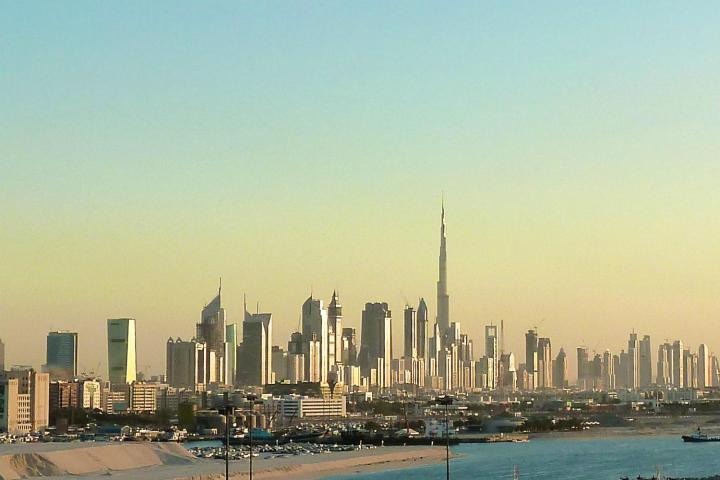
Apparently even having all the money in the world doesn’t save you from traffic. According to Hussain Lootah, Dubai’s director general of the Dubai Municipality (a very fancy term for mayor), traffic in the booming, oil fueled metropolis is getting out of control. Thanfully, Lootah has some ‘creative’ solutions, including banning the poor from driving.
Despite the massive investment in transport infrastructure, Lootah explained to The National that the municipality can’t keep pace; “Everybody has their luxury life, but the capacity of our roads cannot take all of these cars without ownership laws.”
All this is nothing new, many growing cities face traffic problems, most worse than Dubai, but then again Dubai isn’t like anywhere else. In a country where you get can get a free Lamborghini with your purchase of a penthouse, and the Police drive supercars, civic administration has a hint of plutocracy.
One of Lootah’s proposed solutions is to place salary restrictions on car ownership. If you don’t make the required amount, “no car for you!”
I have to admit it’s a creative take, telling people who can’t really afford cars that they can’t buy them in the first place. Sort of puts big government in a different perspective.
That being said, not all of Lootah’s ideas sound like they come from Monty Burns. Lootah proposed increasing parking fees, gas taxes, and instituting congestion charges for driving during peak times, as has already been done in many European cities.
As Lootah explained, “There are more than 200 nationalities in Dubai, I can’t see [education and awareness] having an effect, and soft [regulations] don’t work anymore. Even in Europe and America it doesn’t work. Unless you go hard, no one will obey.”
He might have a point, Europe and the United States haven’t exactly solved traffic problems, but other diverse cities like, say, New York or London haven’t stopped trying to reach out to their residents even if a lot of them are from different countries.
Fortunately, even if he might want to take cars away from the poor, Lootah does want to provide them effective mass transit. Mostly Lootah wants an expanded and functional subway. He just doesn’t believe that people will use things like the subway until they are priced out of their cars.
In that way Lootah may just be stating directly what many Western civic planners are already thinking, the only way to get people out of their cars is to make them too expensive to use. But that’s monarchy for you; opinion polls just don’t carry the same sting.


